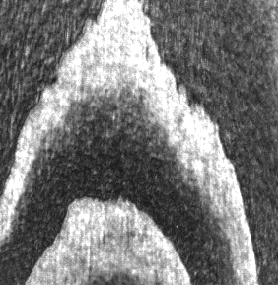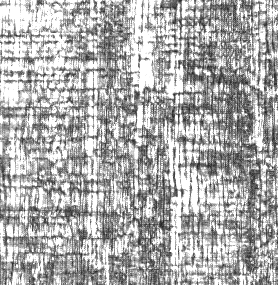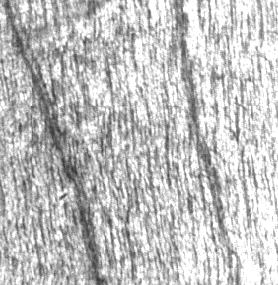Measuring wood chatoyance means overcoming a number of conceptual issues with the goal of reaching a stable, reliable and repeatable method which also fits human perception.
The PZC method is based on a custom-made, high resolution, fully automated gonioreflectometer.
Data are then numerically analyzed to provide results in terms of specimen chatoyance value.
Table below shows an example of tests repeated three different times with change in measurement set-up parameters. The result is repeatable and stable with respect to set-up parameters.
| Wood | Result (setup 1) | Result (setup 2) | Result (setup 3) | Error |
| Boxwood | 8.1 | 7.4 | 7.6 | 5.1% |
| Black Walnut | 17.0 | 16.2 | 15.9 | 3.5% |
| Iroko | 22.4 | 22.3 | 21.8 | 1.4% |
Examples below provide a visual summary of what PZC numbers mean. These were selected as having no figure (curl, flecks, etc) so that the basic chatoyance property is shown, rather than its effect on contrasting areas. Four examples of scale are provided:
Scale 1 – Scale 2 – Scale 3 – Scale 4
Examples of figured pieces are shown here: https://www.chatometry.com/home-page/what-is-wood-chatoyance/
These are also shown as a summary video here: https://www.youtube.com/watch?v=yQN-zb95EXc
In addition, the method provides a high resolution “picture” of wood chatoyance showing its distribution.



Finally, the method provides information about the angular phase of the peaks of brightness of each point of the specimen. This is graphically reported allowing to catch very clearly any type of “figure” caused by fiber distortion and emphasized by chatoyance itself:

All specimen from all woods are prepared in the same way, and no paint or finish whatsoever is employed; to provide significant statistical results, specimen from as many different logs as possible are analyzed from each specie.
The method is now being used to compare different wood species and the performance of different finishes (eg. Shellac, Linseed oil, etc) in terms of impact on chatoyance.
Full details of the method are available in the article “Measuring Wood Chatoyance”, by the authors P. Pisani, L. Zanetta and D. Codoro, accessible from this link:
https://www.tandfonline.com/doi/full/10.1080/17480272.2021.2018625
An extensive amount of data can be found in “Wood chatoyance within different species”, by the authors P. Pisani, L. Zanetta and D. Codoro, accessible from this link:
https://www.tandfonline.com/doi/abs/10.1080/17480272.2023.2225048?journalCode=swoo20
For a more practical description of the results, find us on these magazines:
Legnolab (Italy) – issue 127 (March-April 2022)
https://www.legnolab.it/catalogo/17730-rivista-n-127.html
The Woodworker (UK) – July 2022
https://www.thewoodworkermag.com/woodworker-inc-good-woodworking-%E2%80%93-july-2022
(the article can be found here: https://www.thewoodworkermag.com/colour-changing-chatoyance )
The Australian Woodworker – issue 224 (August 2022)
https://www.skillspublish.com.au/Skills%20AWW%20Current.htm